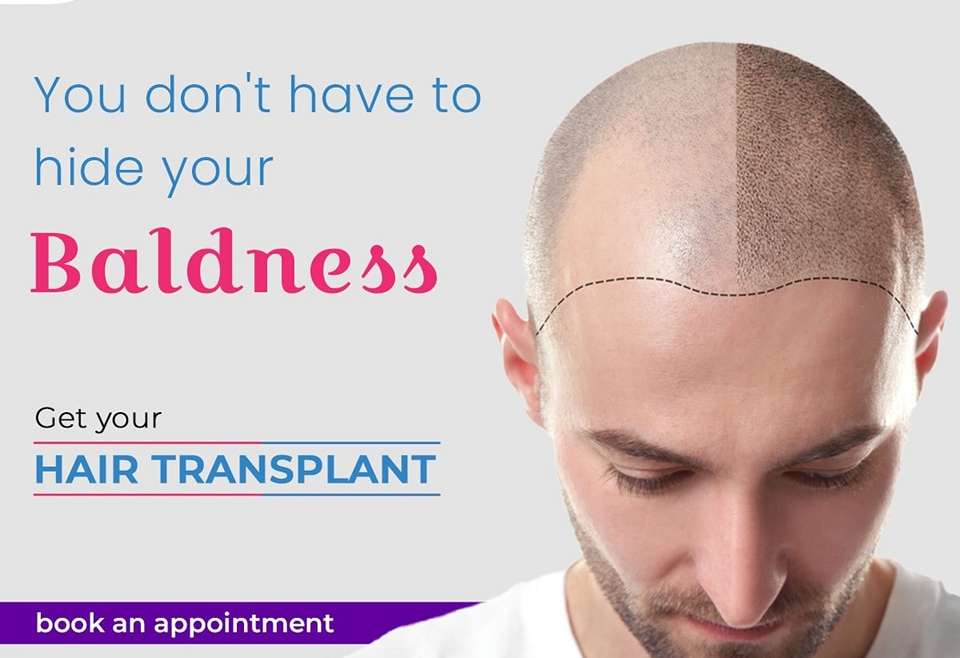Hair transplant surgery has become an increasingly popular solution for hair loss. With advanced techniques and improved results, it offers a permanent way to regain a full head of hair.
What is Hair Transplant Surgery?
Hair transplant surgery involves moving hair follicles from a part of the body with dense hair (usually the back or sides of the head) to a balding area. This surgical procedure is primarily used to treat male pattern baldness but can be used for other types of hair loss.
Types of Hair Transplant Procedures
Follicular Unit Transplantation (FUT):
- The procedure involves taking a strip of skin from the donor area.
- Hair follicles are then extracted and implanted into the balding area.
Follicular Unit Extraction (FUE):
1.Individual hair follicles are harvested directly from the donor site.
2.Minimally invasive and leaves no linear scar.
Benefits of Hair Transplant Surgery
1. Natural Appearance
Hair transplant surgery provides natural-looking results. The transplanted hair integrates smoothly with existing hair, making it nearly invisible.
2. Permanent Solution
Unlike temporary solutions, hair transplants offer a permanent fix. Once the transplanted hair follicles take root, they grow naturally for a lifetime.
3. Low Maintenance
Transplanted hair does not require special care. It can be washed, styled, and treated like regular hair, eliminating the need for costly products or treatments.
4. Improved Confidence
Reviving a full head of hair can greatly enhance self-esteem and confidence, resulting in better social and professional interactions.
5. Cost-Effective in the Long Run
Though the initial cost might be high, hair transplants eliminate the ongoing expenses associated with temporary solutions like wigs or topical treatments.
Causes and Risk Factors of Hair Loss
Hair loss can be caused by genetics, hormonal changes, medical conditions, or medications. Pinpointing the underlying cause is crucial for effective treatment.
Diagnosis and Consultation
A thorough diagnosis by a qualified specialist is essential. This includes assessing the extent of hair loss, evaluating donor hair availability, and discussing patient expectations.
Procedure and Recovery
- Surgery Duration: Typically lasts between 4 to 8 hours.
- Recovery Time: Most patients are able to return to their normal activities within a week.
- Aftercare: Includes gentle hair care and avoiding strenuous activities for a few weeks.
Potential Risks and Complications
As with any surgery, there are risks such as infection, scarring, or unnatural hair growth patterns. Selecting a skilled surgeon can reduce these risks.
Personal Stories
Many individuals have shared positive experiences, noting enhanced confidence and satisfaction with their appearance post-surgery.
Expert Insights
Dermatologists and hair restoration specialists emphasize the importance of realistic expectations and choosing the right procedure for individual needs.
Conclusion
Hair transplant surgery is a viable and effective solution for those experiencing hair loss. With permanent and natural results, it offers numerous benefits that go beyond just aesthetics, significantly enhancing quality of life.
FAQs
Is hair transplant surgery painful?
Most patients report minimal pain, as local anesthesia is used during the procedure.
How long does it take to see results?
Full results typically appear within 6 to 12 months as the transplanted hair gradually grows.
Can women undergo hair transplant surgery?
Yes, women with certain types of hair loss can also benefit from hair transplant procedures.
Is there an age limit for hair transplant surgery?
There isn’t a specific age limit, but candidates should have stable hair loss patterns.
For more information on hair transplant surgery, reach out to Dr. Sneha Kovi for expert advice and consultation.

